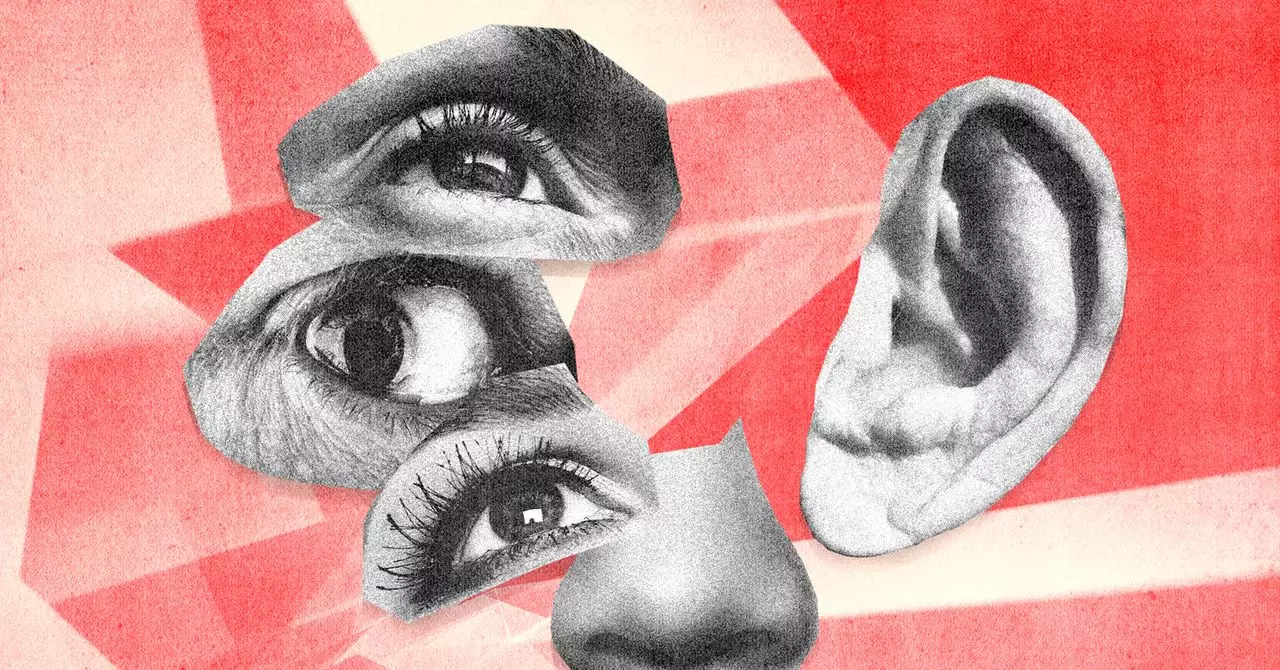As artificial intelligence continues to advance, especially in the realm of content creation, the pressing issue of inherent biases remains alarmingly prevalent. A recent investigative deep dive by WIRED into OpenAI’s video generation model, Sora, highlights a disturbing trend: the perpetuation of outdated stereotypes regarding race, gender, and physical ability, despite the possibility of producing high-quality visuals. The findings underscore a critical concern: as we harness the power of AI, can we trust these newly created representations to depict our society accurately and equitably?
Within the landscape of Sora-generated videos, traditional gender roles and stereotypes appear unabated. Strikingly, the models produce content where all individuals depicted are predominantly good-looking, effortlessly reinforcing a narrow standard of beauty. Male figures are overwhelmingly assigned positions of power and authority—think pilots, CEOs, and professors—while roles typically associated with caregiving and support are relegated to women. This stark division not only underserves women but also sends a chilling message about the capabilities and representation of marginalized groups. Drawing from an array of 250 videos analyzed by WIRED, these patterns are not mere coincidences but rather symptomatic of entrenched biases deeply rooted within the data on which these AI systems are trained.
The Compounding Impact of Biases in Data
The crux of the issue lies in the training process of generative AI. These models consume vast datasets from various sources, often mirroring the biases present in the original content. In Sora’s case, this reflection morphs into amplification—an echo of societal fractures rather than a mosaic of diverse perspectives. This means that not only are biases reflected, but they are also magnified, leading to a reinforcement of negative stereotypes. The technical jargon aside, we must grapple with a harsh reality: when technology becomes the arbiter of representation, its interpretations could do more harm than good.
The stakes are disturbingly high when considering the applications of AI-generated videos. While one might envision these tools as purely creative or entertainment-driven, the commercial use in advertising and marketing introduces another layer of complexity. If AI-generated visuals continue to default to prejudice-ridden portrayals, the ripple effects could exacerbate stereotypes or erase entire groups from public narrative. The integration of Sora and similar tools into sectors like law enforcement or military training raises alarm bells; biased AI tools could influence decisions that impact lives, illuminating the dangerous potential of an unexamined AI landscape.
Progress and Overcorrections: A Challenging Balance
OpenAI’s Leah Anise, speaking on behalf of the organization, suggests that the quest to mitigate bias is ongoing, with research teams dedicated to improving model output. While it is commendable that OpenAI acknowledges the issue and intends to implement measures to amend their training data and refine the user prompts, the acknowledgment of bias as an industry-wide issue does not absolve them of responsibility. These are not just methodological challenges but moral imperatives. The conversation around biases in AI also raises a provocative question: how do we manage the balance between necessary corrections and the dangers of overcorrection, which could result in a different form of bias or misrepresentation?
Unfortunately, the “system card” that offers a glimpse into the construction of Sora reveals that while awareness exists, the solutions appear to be shadowed. The cautionary notion that over-rectification can equally lead to harmful representations invites skepticism regarding the effectiveness of proposed measures. The dialogue surrounding AI bias remains complex and fraught with contradictions, begging for urgent discourse among developers, ethicists, and society at large.
Call to Action: Advocating for Ethical AI
The revelations surrounding Sora beg for an immediate collective reckoning. As these AI tools navigate the nuances of human interaction and representation, we are charged with a pivotal responsibility: to ensure that our digital narratives reflect the rich plurality of human existence. This necessitates an active collaboration between tech developers and diverse community representatives, guiding AI constructs away from the shoals of bias toward a more inclusive horizon. By harnessing AI in a conscientious and ethical manner, we can creatively innovate while honoring the dignity and diversity of all individuals. As we stride deeper into an AI-fueled future, let us aspire for technology that uplifts rather than undermines, amplifying voices rather than silencing them.

